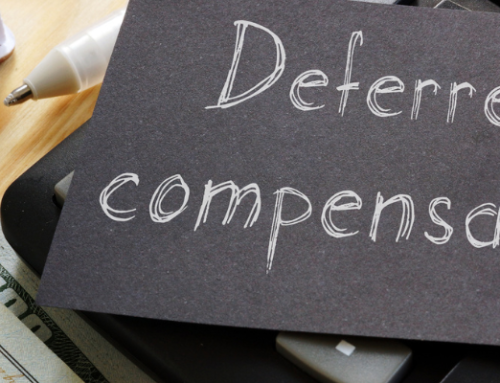The new lease standard is now effective for public companies and for all other organizations it will be effective for fiscal periods starting after December 15, 2021. Since ASC 842 went into effect, companies have been scrambling to get their leases in order. The new lease standard has brought about a lot of changes, and it can be difficult to remember everything that needs to be done in order to comply. In this blog post, we will discuss some of the most important things to remember when implementing ASC 842. We’ll also provide a checklist of tasks that should be completed in order to ensure compliance with the new lease standard. You can also check out our lease accounting resources page for additional information.
If you sign a lease, ASC 842 will apply to you. This includes any leases or subleases of property, plant, and equipment. This does not apply to non-depreciable assets that come under other FASB ASC topics, for example, leases of intangible assets, those used to explore or use nonregenerative resources (minerals, oil, and natural gas), leases of biological assets (timber for instance), inventory leases, and leasing of facilities during construction.
Key Reminders
The implementation of ASC 842 can be a daunting task, and there are many things to consider. Here are some key reminders you should keep in mind:
- Identify a team who will be responsible for implementation
- Determine whether software will be used to aid in implementation and required trainings
- All existing leases must be identified and reviewed for compliance with the new lease standard.
- Lease agreements must be classified as either operating or finance leases according to their specific features.
- Organizations must track all payments related to their leases on a regular basis.
- Identify any Policy elections that will be used
- Become familiar with ASC 842 and the related impact on financial statements
- Lease accounting will now require businesses to record an asset and liability on the balance sheet for each lease.
- Organizations must ensure that any changes made due to implementation of the new lease standard are properly documented and communicated to relevant stakeholders.
Lease Accounting Checklist
It’s also important to create a checklist of tasks that must be completed in order to ensure implementation of ASC 842 is successful. Here are some items that should be included on your implementation checklist:
- Create a timeline for implementation and track progress against it
- Identify the specific team members and outline each person’s role and responsibilities for implementation
- Determine which software will be used (if any)
- Review and evaluate each lease, considering:
- Lease term, including extensions, renewals, and early-termination clauses
- Accounting for purchase options
- Identify lease payment
- Account for variable lease payments
- Determine the discount rate to use when calculating the present value of operating or finance lease payment
- Account for the lease agreement’s initial direct costs
It is important to keep up with the implementation process and make sure all steps are completed correctly. Doing so will help organizations remain compliant with the new leasing standards under ASC 842. Organizations may benefit from working with a CPA who is familiar with the new lease standard and who can offer best practices to help ensure a successful implementation.
Have a question related to your specific situation, contact the PBMares Audit & Assurance Team.





